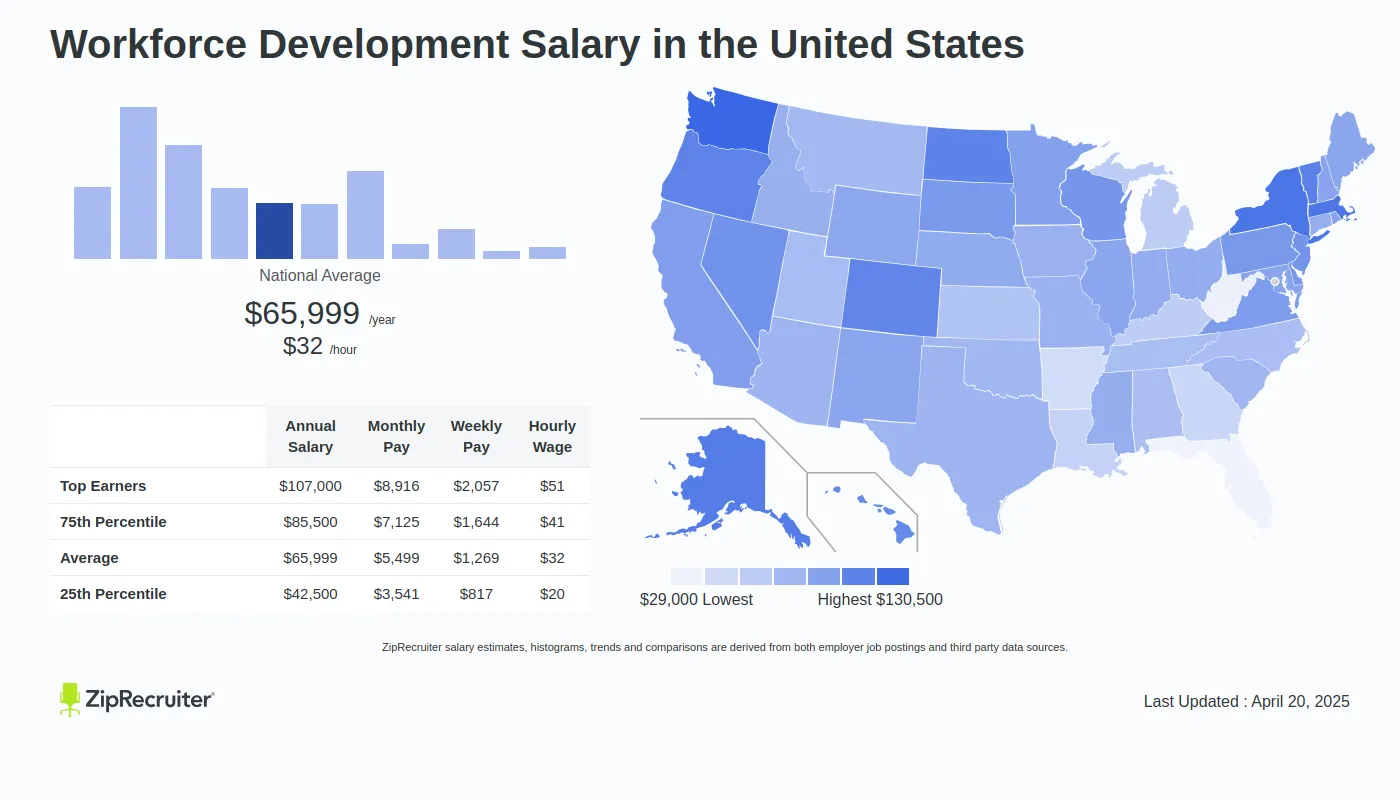
Cultivating Excellence: Workforce Development in USA
Workforce development is a critical component of a thriving economy, contributing to individual prosperity and national competitiveness. This article delves into the landscape of workforce development in the United States, exploring initiatives, challenges, and the transformative impact it has on individuals and the nation as a whole.
The Importance of Workforce Development
Workforce development encompasses a range of strategies aimed at enhancing the skills, knowledge, and employability of individuals. In the USA, the importance of workforce development is underscored by its role in fostering economic growth, reducing unemployment, and meeting the demands of an evolving job market. A well-prepared workforce is not only a boon to individuals seeking fulfilling careers but also a driving force behind national economic success.
Government Initiatives and Programs
The U.S. government plays a pivotal role in shaping workforce development through various initiatives and programs. Federal agencies, such as the Department of Labor, allocate funds and resources to support workforce training and education. Programs like the Workforce Innovation and Opportunity Act (WIOA) focus on enhancing the employability of individuals and connecting them with in-demand job opportunities.
Collaboration with Educational Institutions
The collaboration between workforce development initiatives and educational institutions is crucial for aligning skills training with industry needs. Community colleges, vocational schools, and universities actively participate in creating programs that equip individuals with the practical skills and knowledge required by employers. This partnership ensures a seamless transition from education to the workforce.
Upskilling and Reskilling Programs
In the rapidly changing landscape of technology and industry, upskilling and reskilling are vital components of workforce development. Initiatives that provide opportunities for individuals to acquire new skills or update existing ones empower workers to adapt to evolving job requirements. This adaptability is essential for maintaining a competitive and agile workforce.
Addressing Socioeconomic Disparities
Workforce development initiatives aim to address socioeconomic disparities by providing equal access to training and employment opportunities. Targeted programs often focus on underprivileged communities, offering tailored support to enhance access to education and job placement. By addressing disparities, these initiatives contribute to creating a more inclusive and equitable workforce.
Private Sector Engagement
The private sector plays a significant role in shaping workforce development initiatives. Collaboration with businesses and industries ensures that training programs are aligned with current market needs. Businesses, in turn, benefit from a pool of skilled and qualified workers, creating a symbiotic relationship that fuels economic growth.
Challenges in Workforce Development
While workforce development is crucial, it is not without challenges. Addressing issues such as funding constraints, the rapid pace of technological change, and adapting to the demands of a globalized economy requires strategic planning and continuous innovation. Navigating these challenges is essential for the sustained success of workforce development efforts.
Nurturing a Skilled Workforce for Tomorrow
In the pursuit of a skilled and adaptable workforce, Workforce Development in USA serves as a valuable resource. This platform offers insights, success stories, and practical tips for individuals, educators, and businesses involved in workforce development. By incorporating these strategies and fostering a collaborative approach, the United States can continue to nurture a workforce that drives innovation, economic prosperity, and individual fulfillment.
